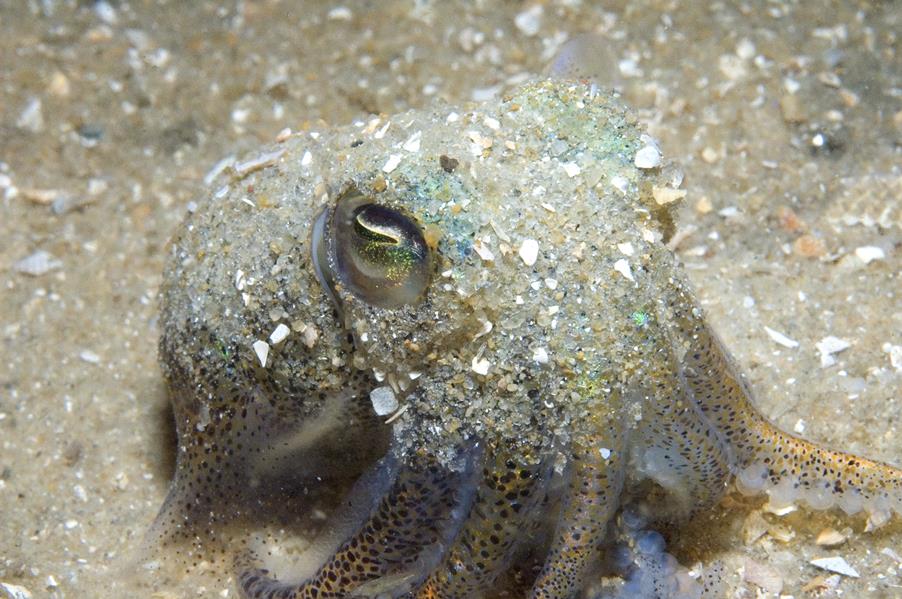I am a sucker… for interesting problems
As a child and as a young person I moved a lot (schools, cities, countries). On one side it gave me plenty of interesting experiences; on the other, a weird sense of belonging and facing racism. Later, I started moving a lot less to the point that I’ve been working almost 18 years for the same university.
And I have been working in quantitative genetics and breeding for t-h-i-r-t-y y-e-a-r-s.
After a while one starts thinking “and then, what?” This is where getting interested in the weird, the margins, the unusual comes handy. And I don’t mean like playing a musical instrument (although I have great respect for the ukulele) or doing sports (if you are keen on underwater hockey). That’s personal time.
I mean at work. For me it could be doing something completely outside genetics/breeding or, perhaps, working with unusual organisms. This type of problems involve applying what we know to a different context, while learning from someone else, with a vastly different background.
My favourite personal example is when I was collaborating with a PhD student (now Dr David Sinn) who was researching squid personality. I had absolutely no idea about squid; now I know they are very smart and cute. I had never considered that squid had personality either.
It was a good distraction, moved me from routine and learnt something new. Once in a while, I am a sucker for interesting problems, because they are really fun (and you may end up with a cool publication).
Sinn, D.L., Apiolaza, L.A. and Moltschaniwskyj, N.A. 2006. Genetic analysis and reproductive consequences of squid personality traits. Journal of Evolutionary Biology 19(5): 1437-1447. https://doi.org//10.1111/j.1420-9101.2006.01136.x
